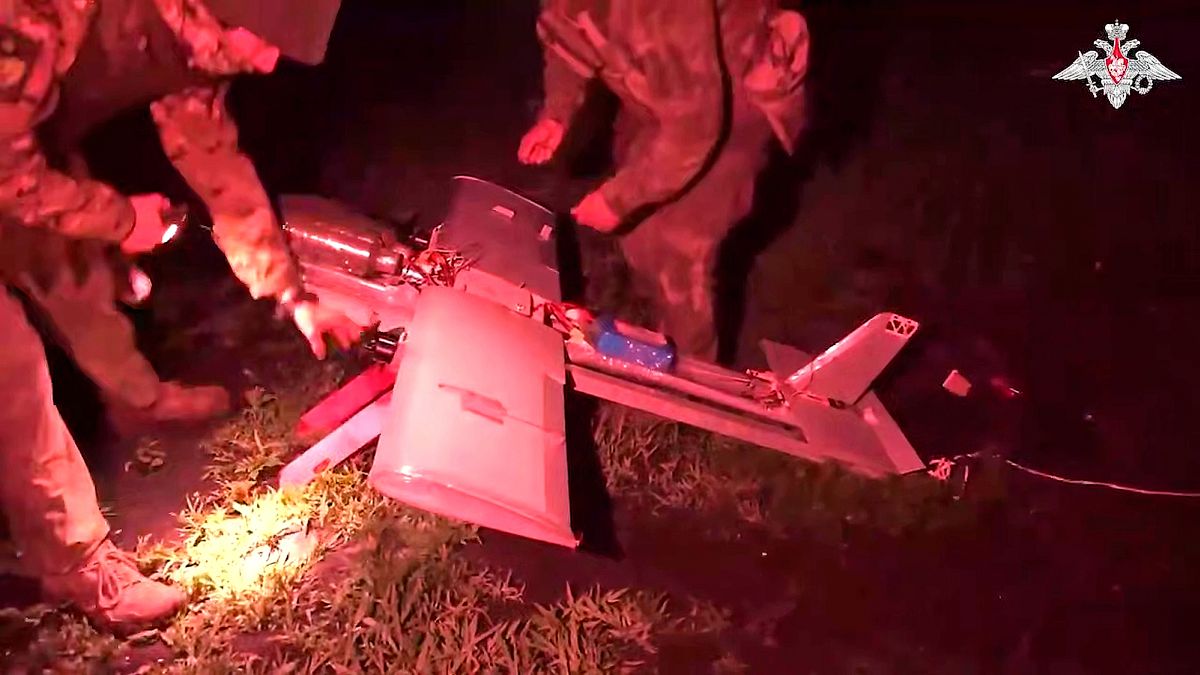

As international communities strive for peace and security, recent events have underscored the complex and often turbulent interplay between humanitarian needs and military operations. Recent developments in Ukraine and the Gaza Strip highlight the challenges faced by those caught in conflict zones and the international responses aimed at addressing these crises.
In Ukraine, the tension between Russian and Ukrainian forces persists, each engaged in actions that have both immediate and far-reaching implications. Reports indicate that Russian missile and drone strikes targeted the Ukrainian city of Mykolaiv, resulting in injuries to at least seven civilians. Meanwhile, the Ukrainian air force made significant efforts to protect its territory, successfully intercepting approximately 60 drones. In a retaliatory gesture, Ukrainian forces launched an attack on an oil depot in Sochi, Russia, igniting a fire that required over 120 firefighters to control.
The backdrop of these military exchanges reveals the severity of the crisis, with injured civilians and extensive property damage adding to the strain on communities striving to cope with the persistent threat. While such military engagements make the headlines, the underlying humanitarian needs are substantial, beckoning for continuous international attention and aid.
Turning to the Gaza Strip, a region marked by prolonged conflict and humanitarian challenges, recent days have been particularly arduous for its inhabitants. The situation took a grave turn as Israeli forces reportedly killed at least 27 individuals at a site designated for food aid distribution. These individuals, seeking sustenance, found themselves in the path of military conflict, highlighting the risks faced by civilians. The unfolding tragedy comes amid limited options for delivering necessary aid through traditional means, prompting international calls to address the escalating crisis.
Efforts to navigate this intricate situation continue as international figures, such as President Donald Trump’s special envoy and the U.S. Ambassador to Israel, visited Gaza. The visit emphasized the United States’ commitment to understanding and responding to the humanitarian crisis, as calls for solutions grow louder among global leaders. Addressing humanitarian needs in areas embroiled in conflict remains a key endeavor, requiring cooperation and coordination across national borders.
Another dimension of the Israeli-Palestinian conflict has surfaced, adding to the existing tension. Criticism and discontent have followed the visit of Israeli Minister Itamar Ben-Gvir to the sensitive al-Aqsa mosque site. This move sparked intense reactions, illustrating the delicate nature of religious and cultural sites and their roles in longstanding geopolitical disputes.
The broader context of such developments indicates an entwined relationship between diplomacy, military action, and humanitarian aid. In areas where political decisions closely interact with the daily lives of local populations, achieving peace and stability is an ongoing and delicate process. The global community remains attentive to these regions, seeking pathways to alleviate suffering as collaborative efforts push toward peaceful resolutions.
Amidst these ongoing struggles, the need for mindful engagement and constructive dialogue becomes ever more apparent. Both military actions and humanitarian initiatives must be balanced with the well-being of affected populations in mind, emphasizing the importance of inclusive, peaceful, and practical approaches to resolving conflicts. As these situations unfold, the role of diplomacy and international aid remains vital in striving for a more peaceful world.
Source: {link}
